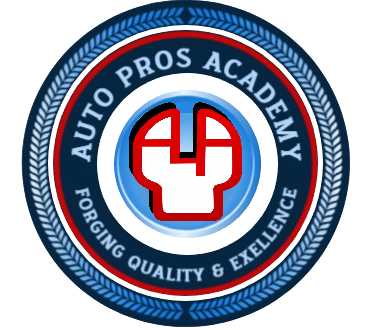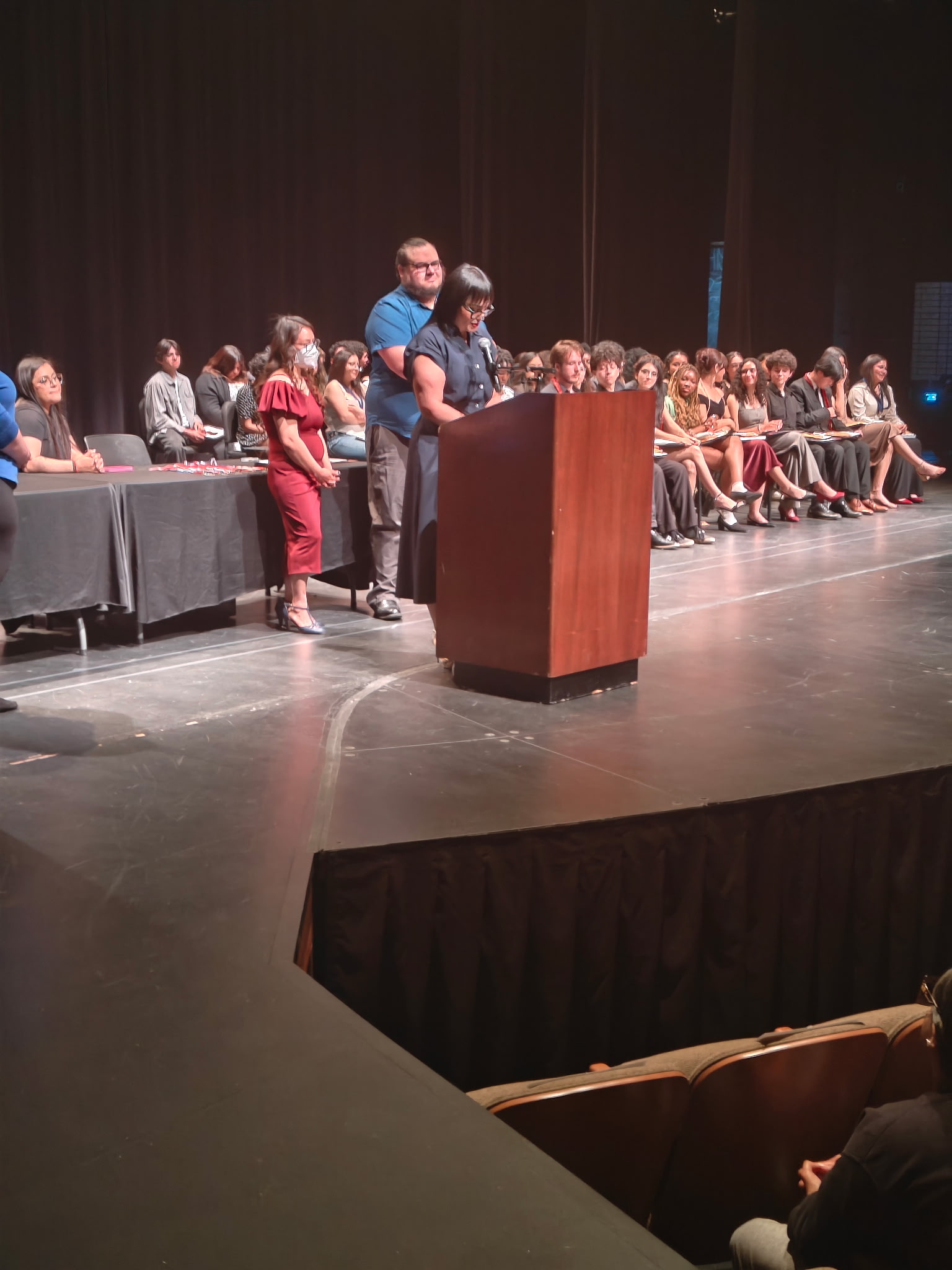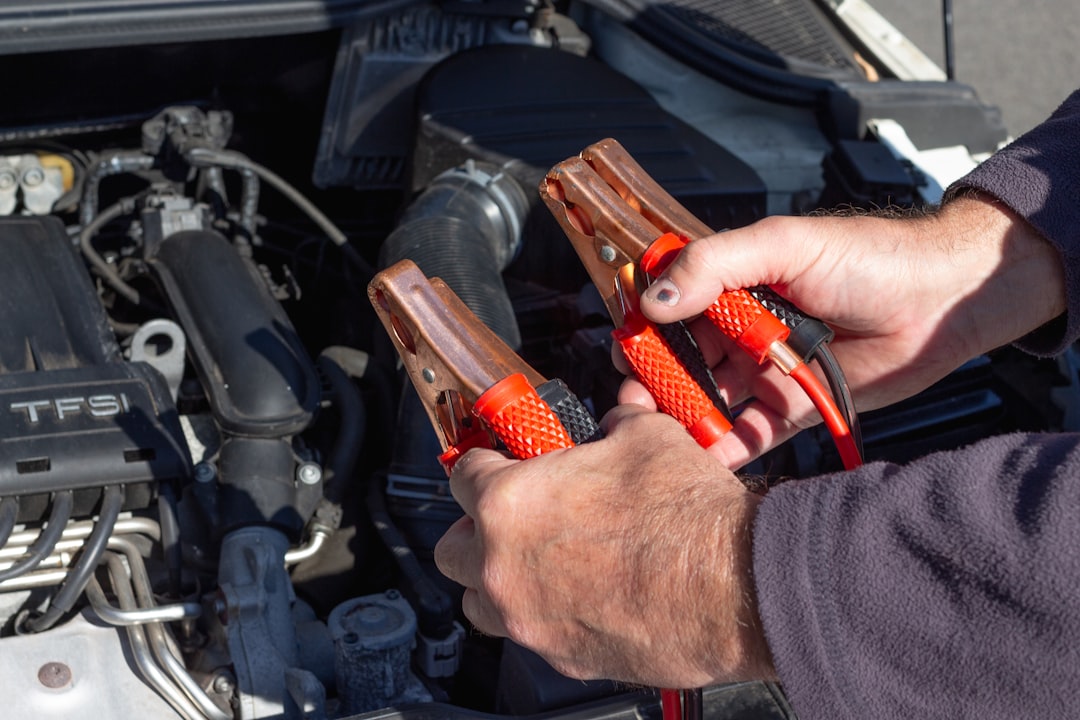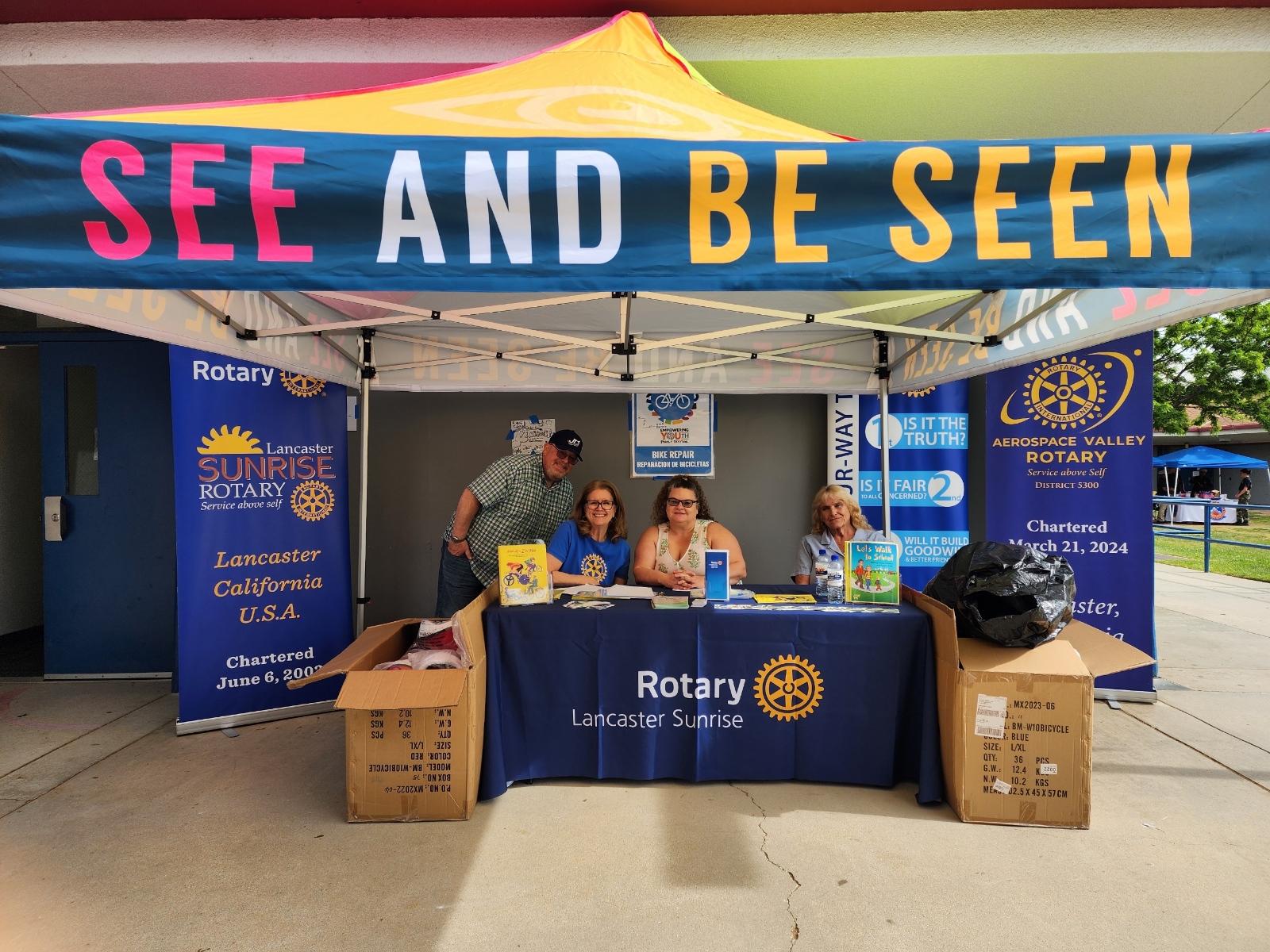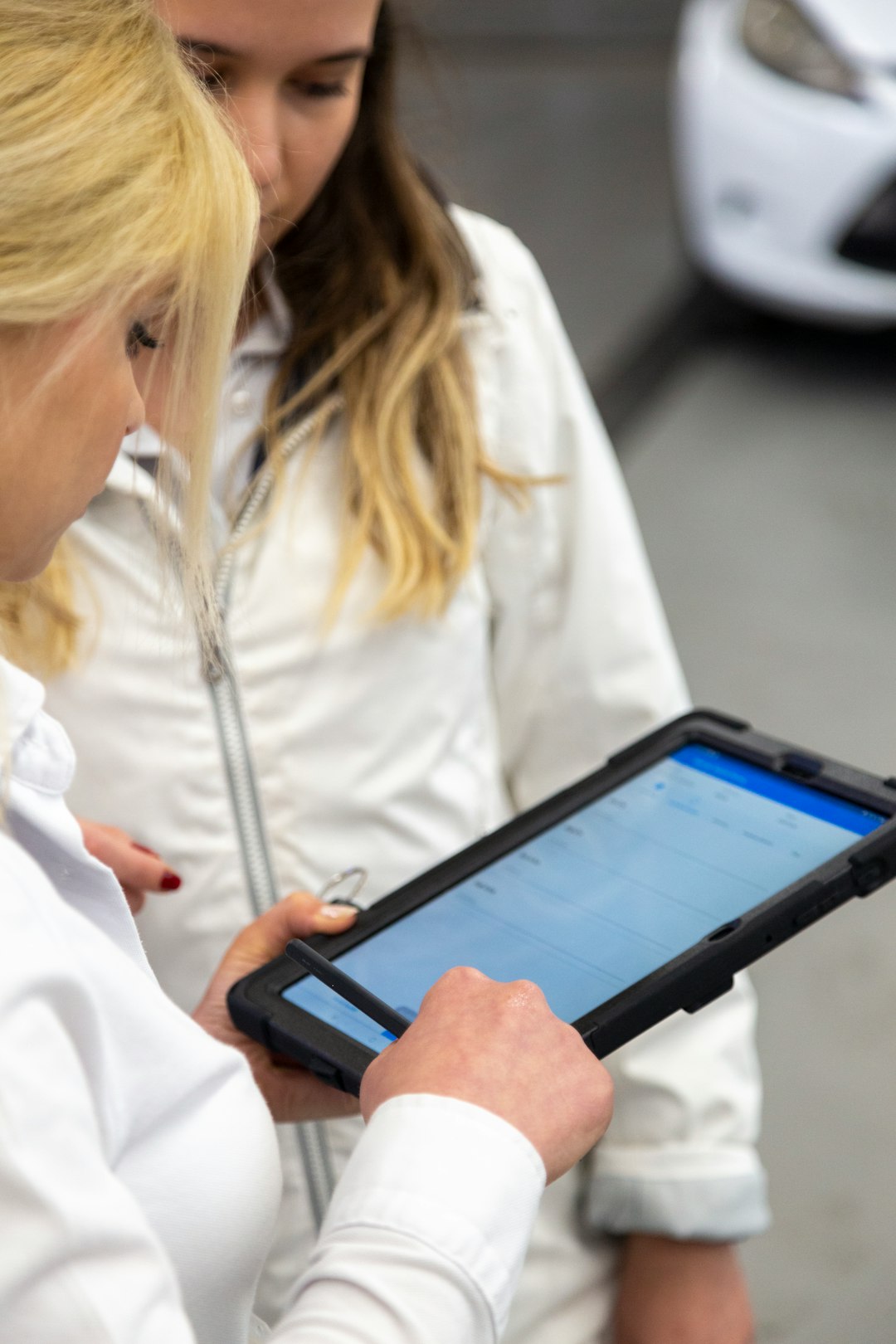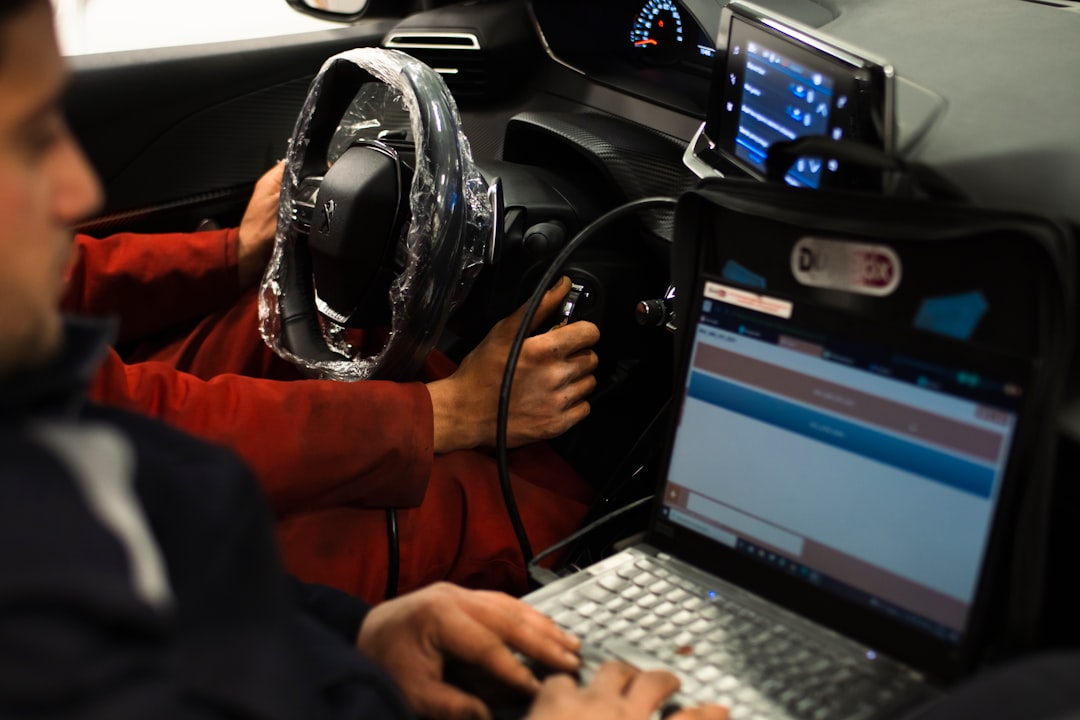Women in the Automotive Repair Industry: Progress, Challenges, and the Road Ahead
The automotive repair industry is undergoing a transformation, but women remain significantly underrepresented-making up just 2-3% of technicians despite comprising over half the population and car buyers.
As the sector faces a critical shortage of skilled workers, recruiting and retaining more women is not only a matter of equity, but also essential for meeting workforce demands.
Current Landscape and Changing Perceptions
More women are entering the field, inspired by changing perceptions and the visibility of female mechanics, shop owners, and leaders.
Female representation is slowly increasing, but most women in the industry are still pioneers in their workplaces, often the only woman in their shop or in leadership roles.
Main Challenges Women Face
Feelings of Isolation:
Skepticism and Bias:
Women frequently encounter skepticism from male colleagues, customers, and even suppliers, often needing to work harder to prove their skills and expertise.
Negative Work Environment: Harassment, being talked down to, and a lack of respect or equal treatment remain common experiences.
Limited Advancement:
Women are often passed over for promotions or leadership roles and may be assigned less challenging work.
Access to Resources:
Securing funding, specialized equipment, and tailored training can be more difficult for women, especially those starting their own shops.
Work-Life Balance:
Long hours and unpredictable schedules can make it challenging to balance personal and professional responsibilities.
Why Female Representation Matters
Tapping into the female workforce is crucial for solving the technician shortage and bringing diverse perspectives to the industry.
Women account for over half of car purchases, making their insights valuable for customer service and business growth.
Strategies for Change
Mentorship and Support:
Connecting women with mentors and supportive networks helps them navigate challenges and build confidence.
Inclusive Culture:
Shops and organizations must foster a culture of respect, actively address bias, and promote diversity at every level.
Leadership Development:
Providing access to leadership training, setting measurable diversity goals, and ensuring equal pay and advancement opportunities are key steps to increasing female representation in management.
Outreach and Recruitment:
Highlighting success stories, offering scholarships, and promoting the industry as a viable STEM career can attract more young women to the field.
Inspiring Success Stories
Women in the automotive repair industry are not just surviving
They’re thriving as technicians, business owners, and industry leaders. Their achievements are paving the way for the next generation, proving that automotive careers offer rewarding opportunities for everyone willing to break barriers and drive change.
“Changing a culture is not an easy task. It takes time and commitment, but by working together, we can create an inclusive community for all technicians.” Cecelia Arteaga, automotive technician
The road ahead requires continued effort from industry leaders, educators, and advocates to ensure women are welcomed, supported, and empowered to succeed in every aspect of automotive repair.

